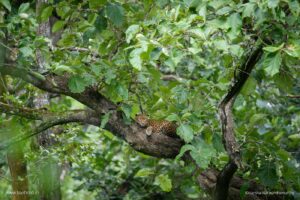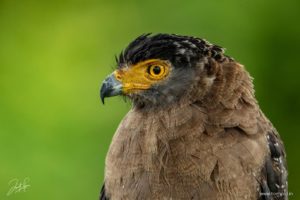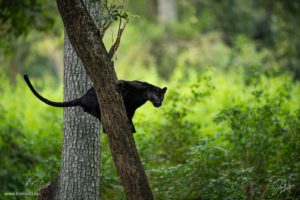Toecabulary is the comprehensive glossary of photography terminology and techniques. Every week, you get to learn a new term defined and depicted in stunning photographs and videos. Click here if you wish to refer to this Dictionary of Photography in its entirety, or, click here to read all our weekly Toecabulary posts that discuss various concepts of photography in great detail.
How do you photograph the subject of your interest in a frame that is unevenly lit? And when do you choose to keep all the details of a scene as they are, how do you photograph it when it is evenly lit?
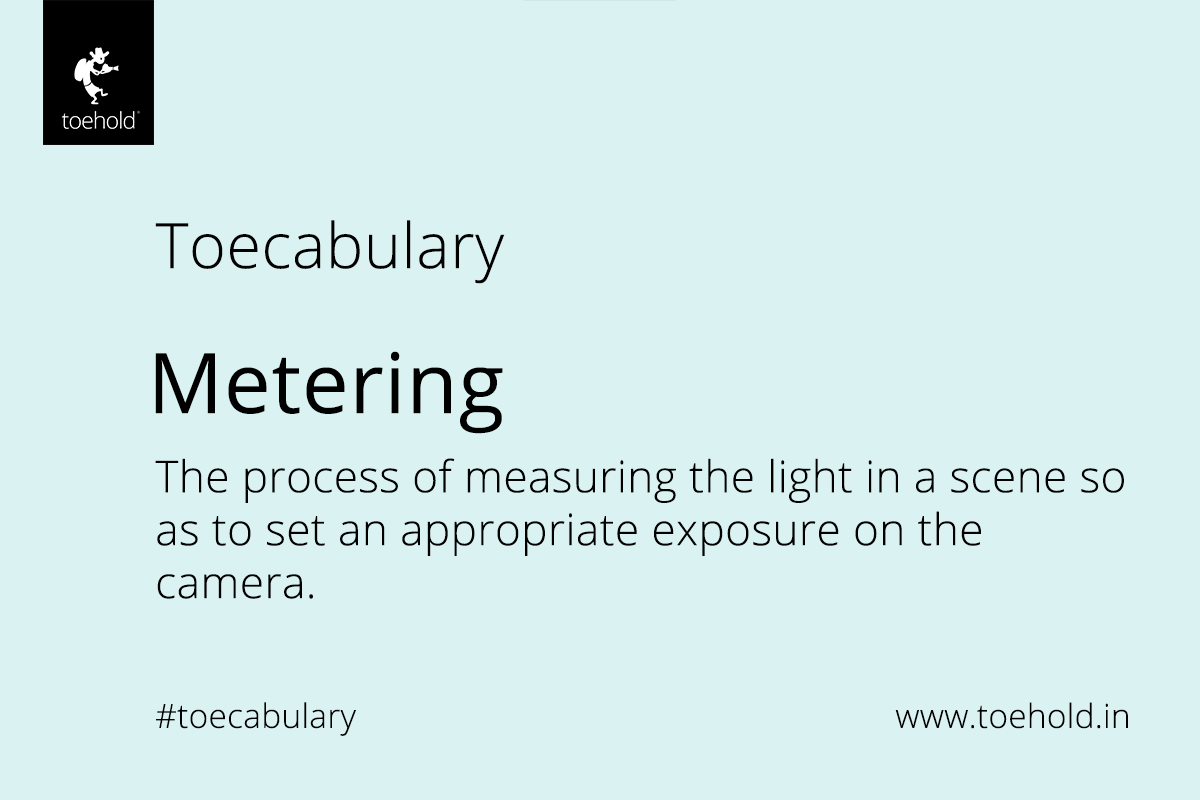
If you have pondered over these questions for long, it’s time you found the answers. Today’s Toecabulary discusses metering. For it is how your camera decides what the correct shutter speed and aperture is for a particular scene to be photographed, depending on the amount of light that it can read.
There are two most important modes of metering: evaluative or matrix metering and spot metering. Watch this space for photographs that illustrate the same.
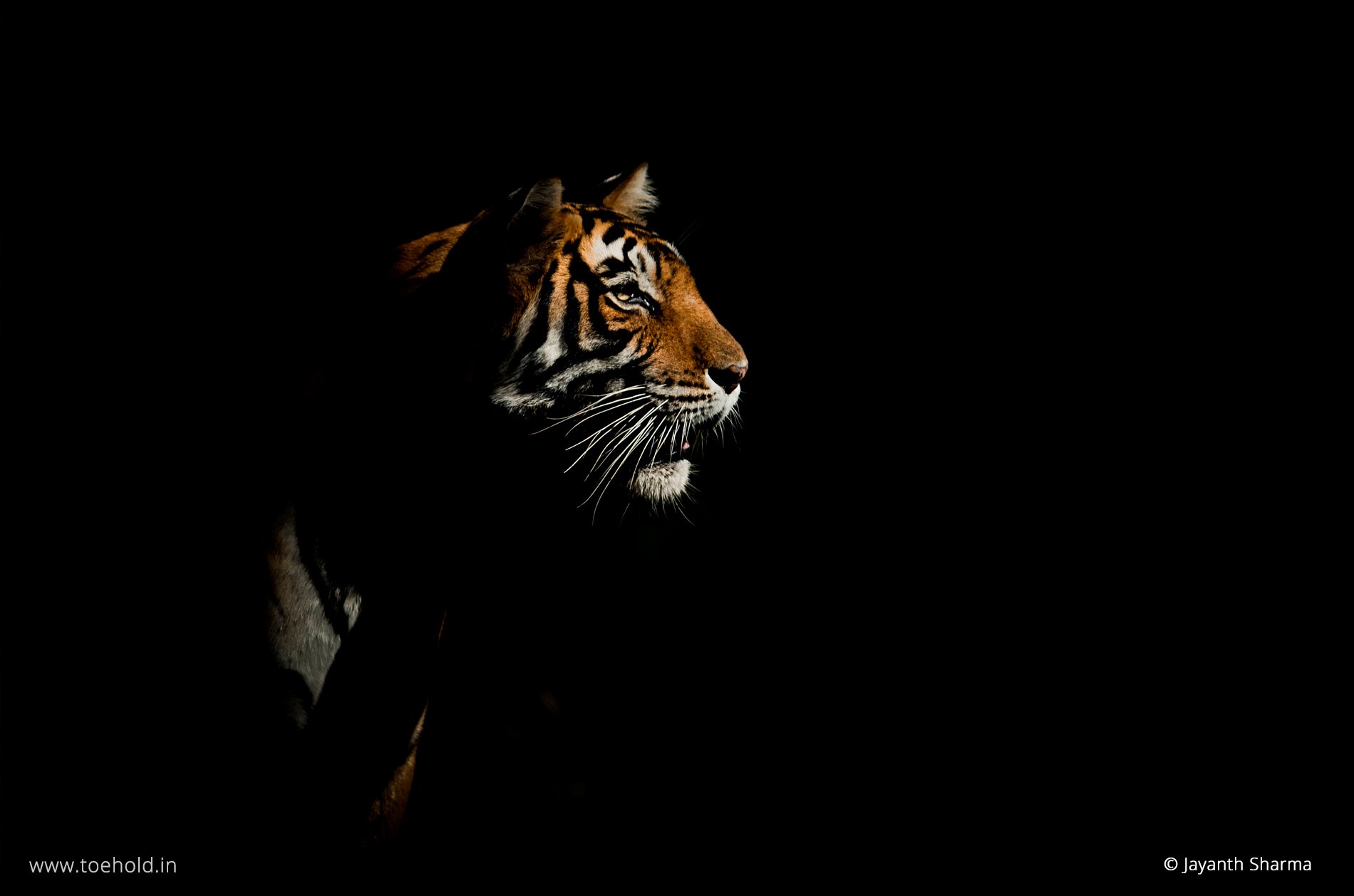
Here’s an image of a stunning Ranthambhore tiger made using spot-metering. Only the light on the face of the tiger is captured, thus underexposing the rest of the frame. Spot metering, by definition, means that the camera determines the exposure for a particular scene not based on the average brightness levels of the whole frame, but only for a particular ‘spot’. In this photo, the face of the striped big cat is that chosen ‘spot’, lending the whole image a surreal, beautifully daunting bearing.

Snow-kissed mountains. And who doesn’t want to bask in the delight of seeing that snow sparkle in sunlight or moonlight or starlight? Here is another image made using spot metering, which has allowed the photographer to focus on or highlight that particular spot on the snow-capped peak, making it conspicuous and underexposing the rest of the image that is unevenly lit.
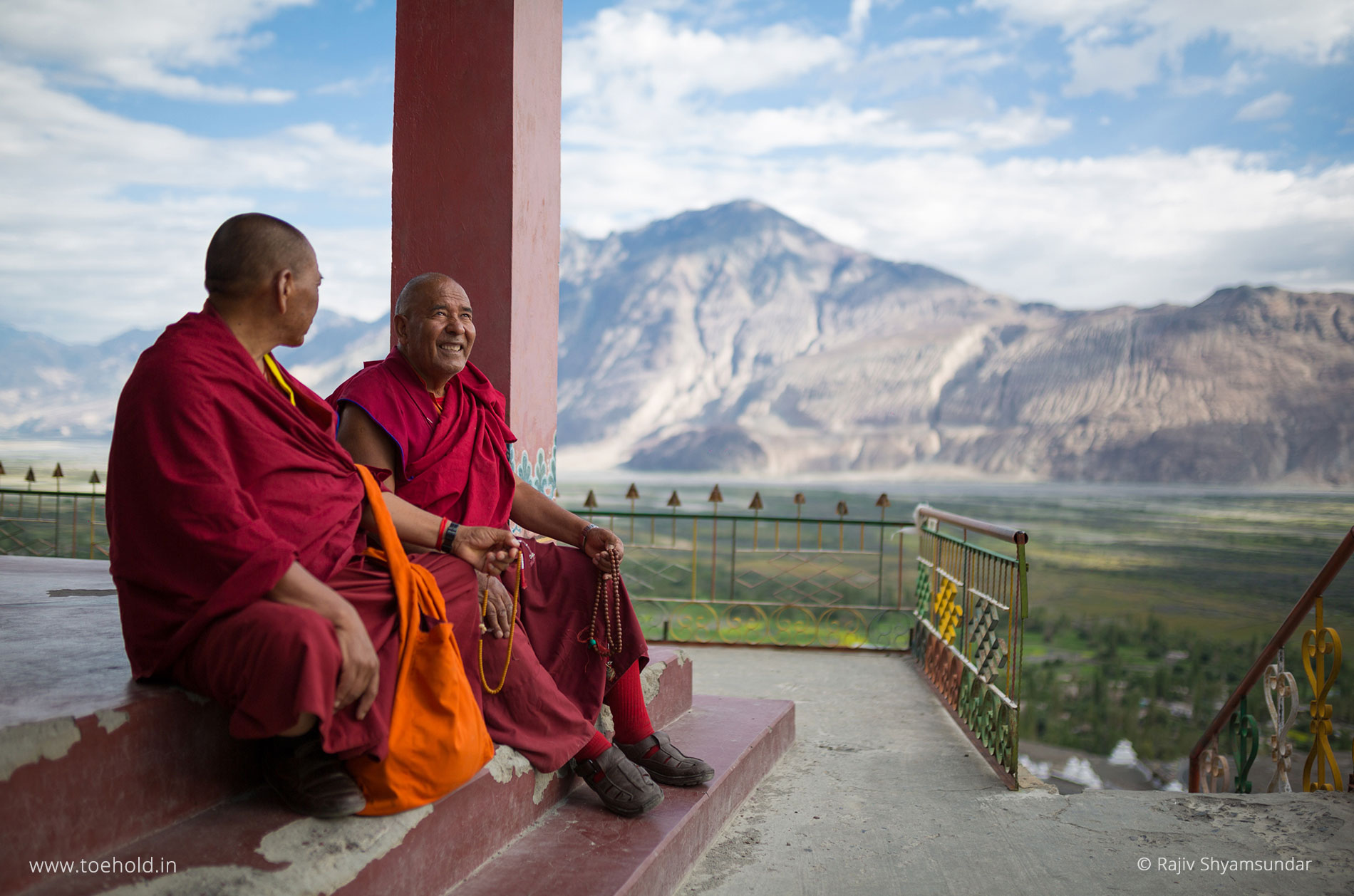
It’s a rather bizarrely beautiful phenomenon that with a camera, we can alter light in order to preserve a scene that moves us into a memorable frame. Evaluative metering (as in Canon cameras) or matrix metering (as in Nikon cameras) is a metering mode that brings a balanced exposure to the whole frame by determining both light and dark tones in it. This smart option works best when a scene is well lit, or evenly lit.
Here is a heartening image of two monks in the great mountains of Ladakh, made using matrix (evaluative) metering. The ever-majestic Himalaya stands as gloriously as ever in the backdrop. Between the monks and the mountains is a sprawling valley. The whole image is evenly lit and hence, the camera has determined a balanced exposure, thus making all details – even the ones out of focus – visible.
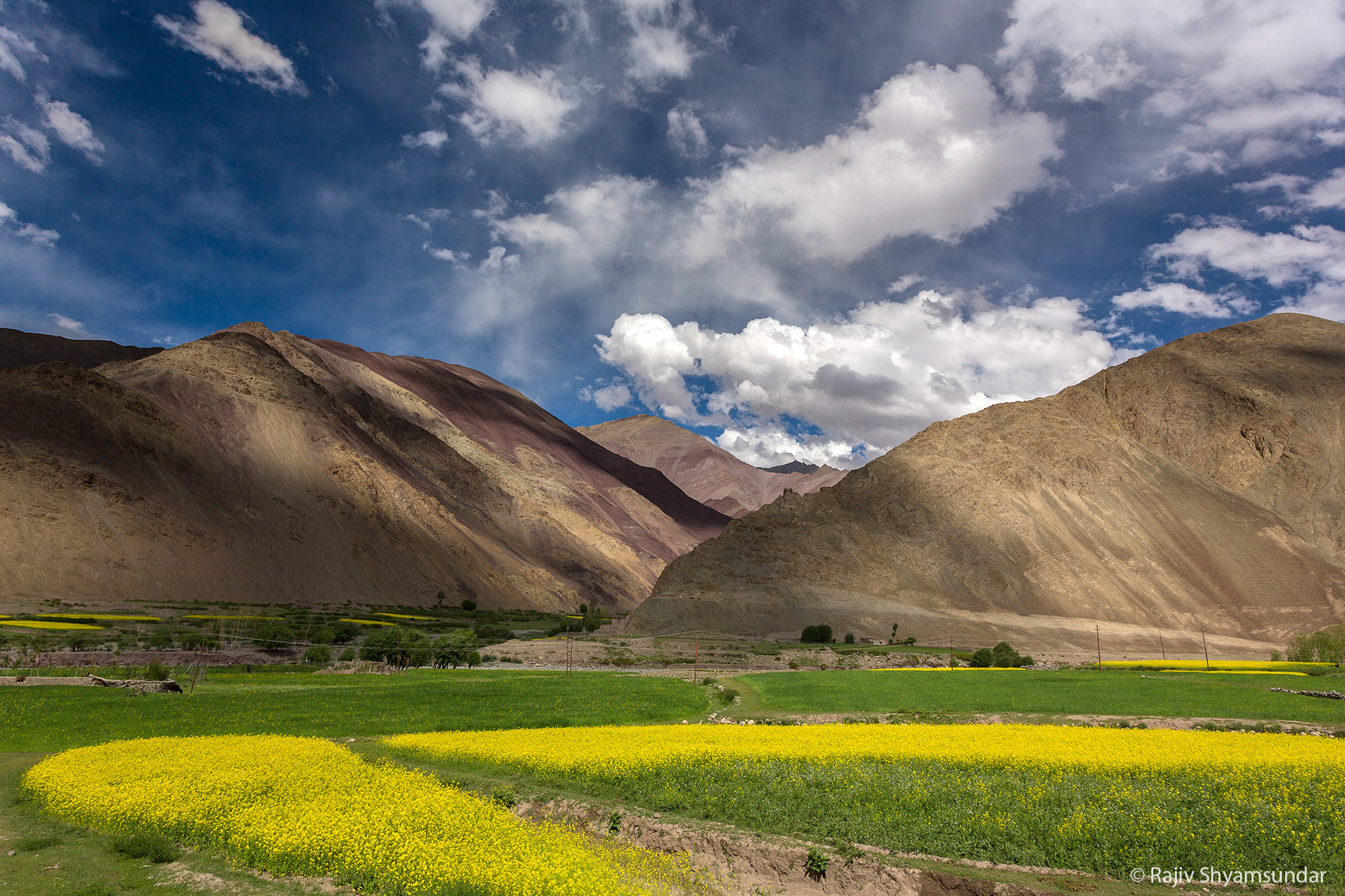
Somewhere near the gorgeous Taglang La (Taglang Pass), this image was made using matrix (evaluative) metering. Even as the shadows of the clouds are falling on the mountains and grass, the whole scene is still evenly lit, without any areas of too dark a tone. The camera, in the matrix metering mode, has set appropriate exposure throughout the frame.
We hope that you will have fun with different metering modes the next time you set out to explore the world with your camera. Toecabulary will come back with yet another photography concept next week. Until then, good light!
Interested in improving your skills?
Imparting photography knowledge that eventually increases our attention and love for various details of life on this planet is at the heart of everything we do at Toehold. If you are a photography enthusiast and are interested in learning photography methodically from our ace photographers, explore our Photography Workshops and other related courses at Toehold Academy, or if you want to harness your skills and get mentored by our team of extraordinary photographers on the field, in real-time on our Photography Tours to destinations across India and abroad, explore our Photography Travel offerings.
Learn Photography
We have a few online courses related to many aspects of photography like AF, Metering, Composition, and also courses based on a different genre of photography like wildlife, landscape, portrait photography, etc.

